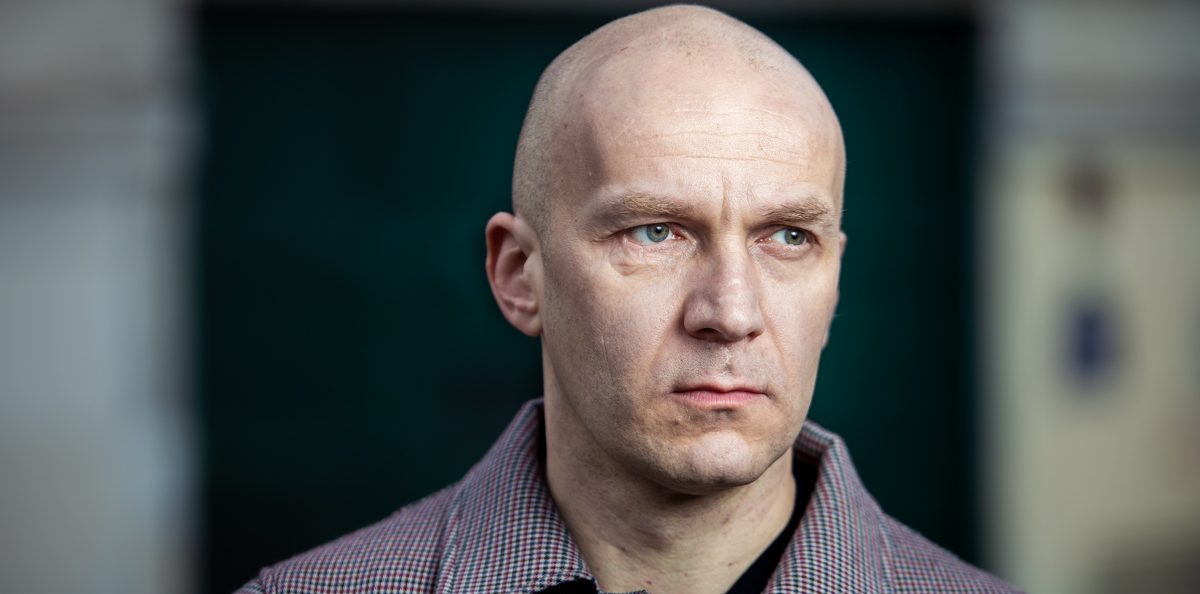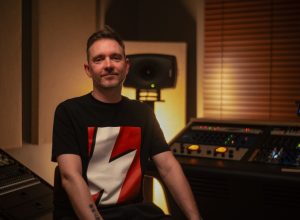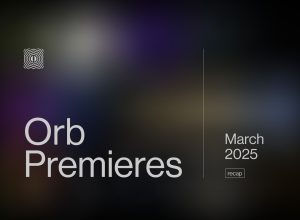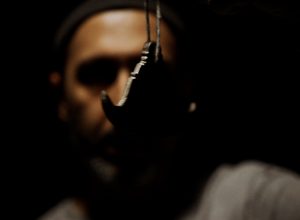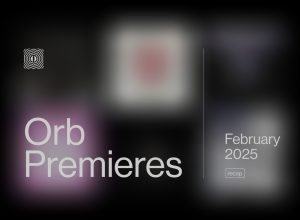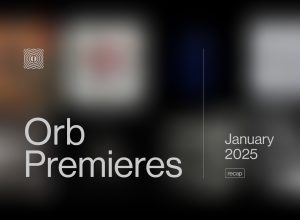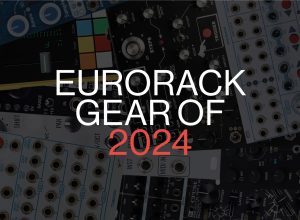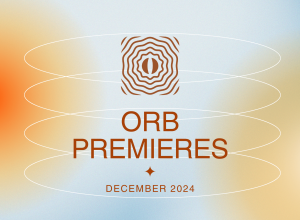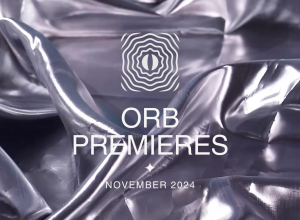Franck Vigroux is a multifaceted artist whose works range from experimental electronic music to modern composition and music theatre. Vigroux’s music is made of tectonic tensions, beats, electronic textures, and a very personal approach to sonic exploration.
He is equally prolific as a solo artist—with releases on Raster-Noton and for his DAC Records imprint that specializes in releasing hard-to-categorize sounds—and as a collaborator, he has worked with musicians such as Elliott Sharp, Mika Vainio, Reinhold Friedl, Ars Nova.
Vigroux’s uniqueness comes from his artistic approach that integrates new media and performance arts. He designs transdisciplinary shows and audiovisual concerts, collaborating with visual artists such as Antoine Schmitt and Kurt d’Haeseleer.
For our Favourites feature, Vigroux shows us a vide array of selected classics, from Vainio’s minimalism to Kraftwerk and GRM’s Bernard Parmegiani.
Franck Vigroux: What can I say? I’ll probably listen to this work all my life.
FV: I could share many tracks from Mika Vainio… that one has something so mysterious, I could listen to it for hours. It has all the characteristics of Mika’s minimalism—simple melody, perfectly chosen tones; deep and melancholic.
FV: Major work from one of my French favorite composers of electro-acoustic music. There are no electronic sounds here, only acoustic instruments and FX, but his virtuosity and taste for “le beau son” make it sound electronic somehow.
FV: So classic and modern at the same time, minimalism, melody, the less the better. Melancholy? Why not.
FV: Rare Feldman’s work for orchestra, very close to many electronic music genres in terms of form and composition, few elements are slowly transformed. Feldman definitely plays with the notion of time in its own way.
FV: The music of Threnody To The Victims Of Hiroshima as well as György Ligeti’s Atmospheres were revolutionary works in terms of sound exploration and orchestral composition—these works are still influencing me, the use of glissandi and multiple drones, aggregation, the notion of weight, etc, are very strong here.
FV: Like a demonstration of “to how to make music with only one idea,” one riff and very basic instrument, a cheap drum machine (bought by the father of young women who suicide herself), and a Farfisa organ. Definitely a key album, “Ghost Rider” was a kind of uptempo boogie blues but from the future.
FV: At the opposite of Suicide and their ternary groovy beats, here everything sounds cold and straight, machine-like, but the music expresses so much and the sounds they used were pretty new for pop music in this period.
FV: I learned to play music when I was a teenager playing this kind of Delta blues, no excessive virtuosity, only microtones, open tuning, slide, voice. This track was the soundtrack of Win Wenders’ film Paris, Texas played by Ry Cooder, but few people know that the music is originally from Blind Willie Johnson.
FV: By far my favorite work by Eliane Radigue, very contemplative music, pure tone. Another way to consider time, microtones, and sound in music. I could have added Tony Conrad in this drone/minimal genre.
